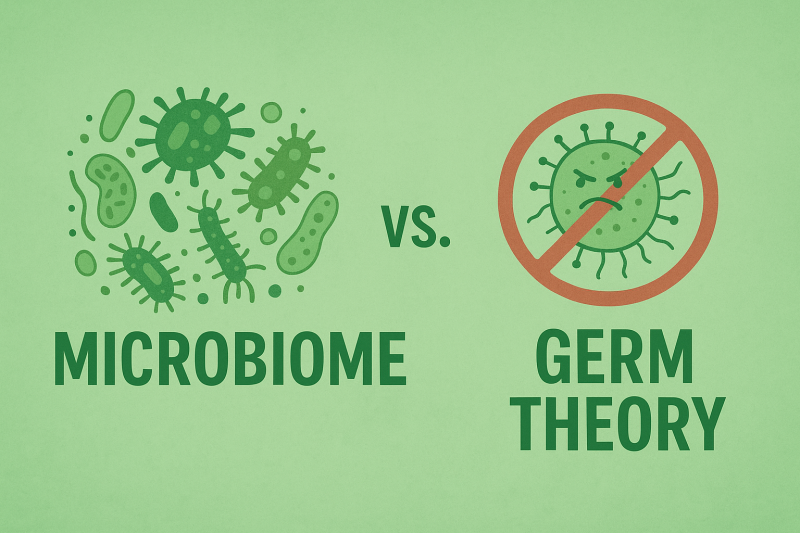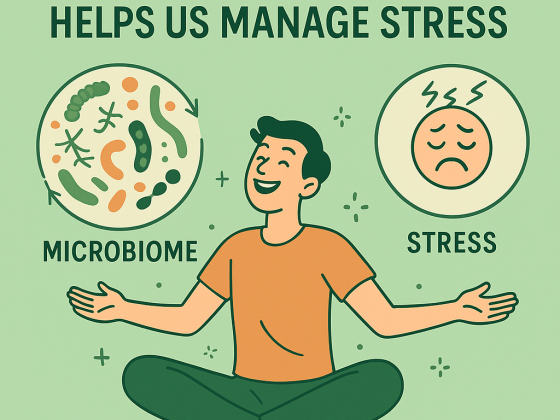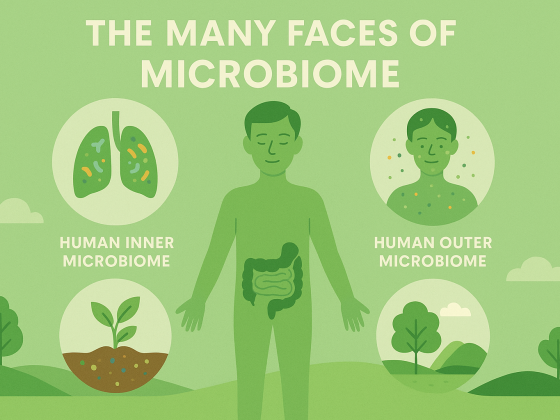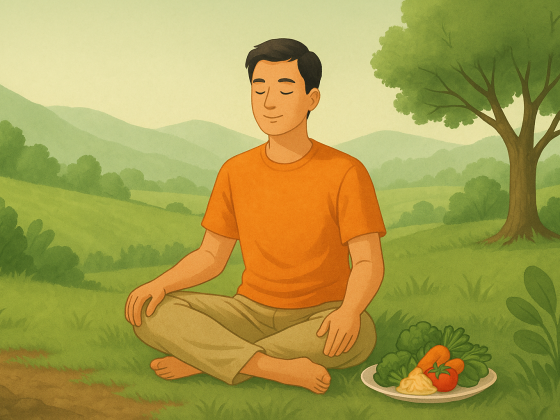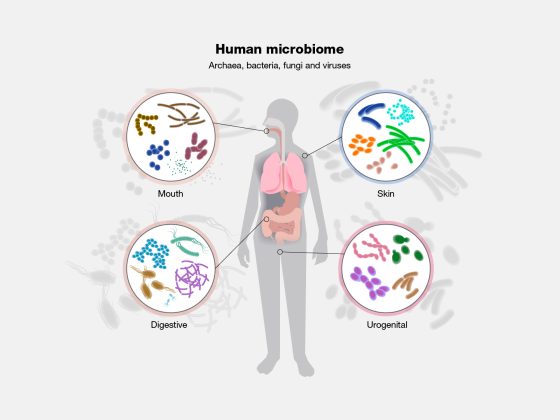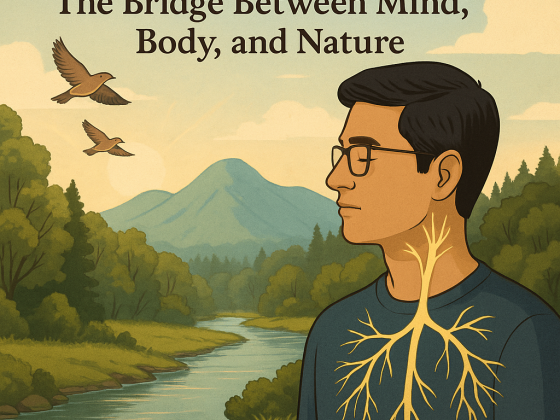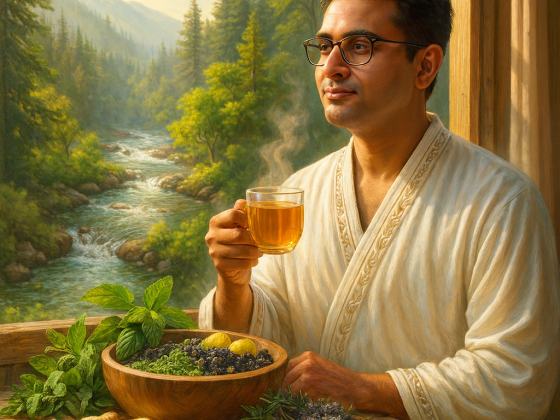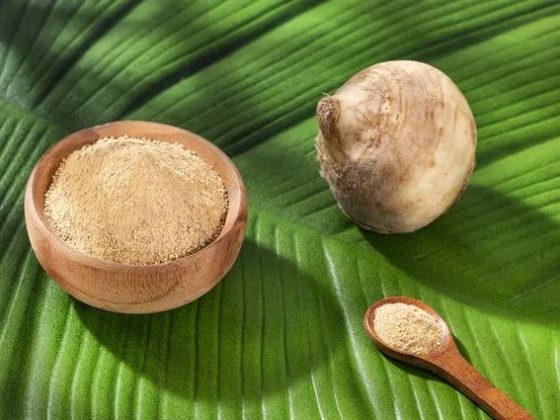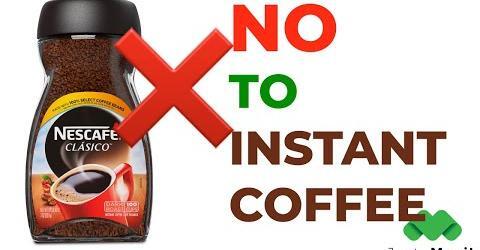When I think of the microbiome, I don’t see it as a collection of random invisible organisms. I see it as my good friend, my hidden family, the life force that quietly controls my health, my moods, and even the shape of my future. Every day I wake up with the feeling that the trillions of microbes living inside and around me are silently deciding how my body will respond, how my mind will feel, and how much resilience I will carry into the day. The microbiome is not just a scientific discovery; it is the missing piece of understanding life itself.
The Rise of Germ Theory
For centuries, the prevailing idea in medicine was the Germ Theory. It was born in the 19th century, promoted by Louis Pasteur in the 1860s, who demonstrated that microorganisms could spoil food and cause fermentation. Later, Robert Koch in the 1870s and 1880s identified the bacteria responsible for diseases such as tuberculosis and cholera. Their work shaped the foundation of modern medicine, bringing sterilization, vaccination, and antibiotics into practice. For its time, Germ Theory was revolutionary, saving countless lives. But it also left us with a fearful view of microbes, painting them only as enemies.
Microbiome vs Germ Theory
The problem with Germ Theory was not that it was completely wrong but that it was incomplete. It reduced the complexity of life into a war of “us versus them.” According to Germ Theory, health meant destroying germs. Yet, not all microbes cause disease. In fact, most are vital to our survival. This is where Antoine Béchamp, a contemporary of Pasteur, disagreed. He proposed that disease arose not just from germs but from the condition of the body itself, what he called the “terrain.” If the terrain was healthy, microbes coexisted peacefully. If it was weak, they could turn harmful. His ideas were overshadowed at the time, but today, the microbiome proves he was ahead of his time. Modern research, especially projects like the Human Microbiome Project launched in 2007, has shown that trillions of bacteria, fungi, and viruses live within us, performing essential roles in digestion, immunity, hormone regulation, and even mood balance. This new science shows that Béchamp’s view of “terrain” aligns far more closely with reality than Pasteur’s warlike model. Even Pasteur himself, toward the end of his life, reportedly admitted, “The terrain is everything, the microbe is nothing.” His confession reveals the limits of the Germ Theory and the need for a deeper understanding.
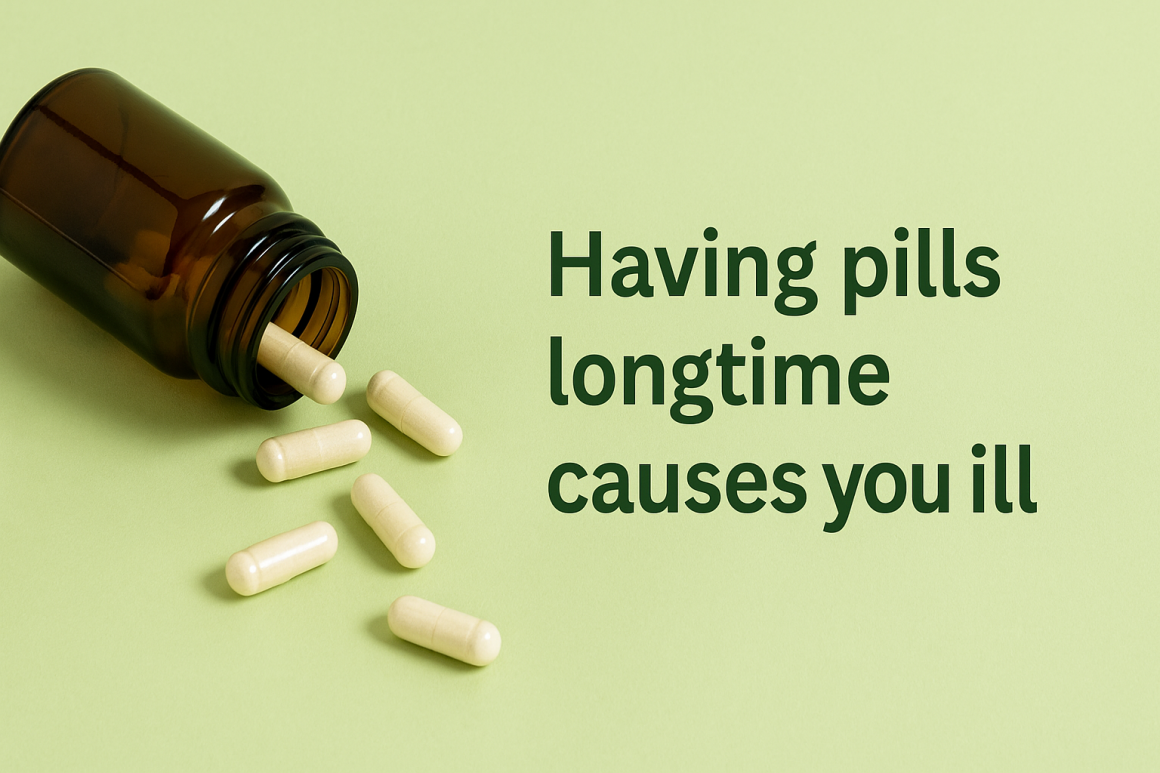
The Microbiome as Life’s Missing Piece
Today we know that for every human cell, there is at least one microbial cell living with us. In the gut alone, over thirty trillion bacteria digest food, produce vitamins, regulate immunity, and influence our brain. Nearly ninety percent of serotonin, the neurotransmitter that regulates mood, is produced in the gut with the help of microbes. This truth shows us that our health is not about fighting microbes but about living in balance with them.
Dr. Awadhesh Pandey’s Teachings
Dr. Pandey often reminded us that nature heals through harmony, not war. He believed Germ Theory was convenient for industry but harmful to true human health. His words, “If you want to heal, don’t just fight disease, strengthen your terrain,” perfectly match today’s research on the microbiome and its role in protecting us. He taught that when the internal terrain is balanced, stress is lighter, disease is weaker, and health feels natural.
The Earth as a Microbial World
The entire planet is alive with microbiomes. Soil microbes create fertile ground for plants. Air and water carry microbial life. Even clouds contain microbes that seed rainfall. The earth is a vast microbial web, and we are part of it, not separate from it. Germ Theory never gave us this vision, but microbiome science does.
From Fear to Partnership
If Germ Theory were the whole truth, we would always be helpless victims of invisible invaders. But the microbiome reveals that we are active participants in our health. By eating well, resting, spending time in nature, and nurturing diversity within, we can guide our microbes toward balance and resilience. Health is not about constant battle; it is about peaceful partnership.
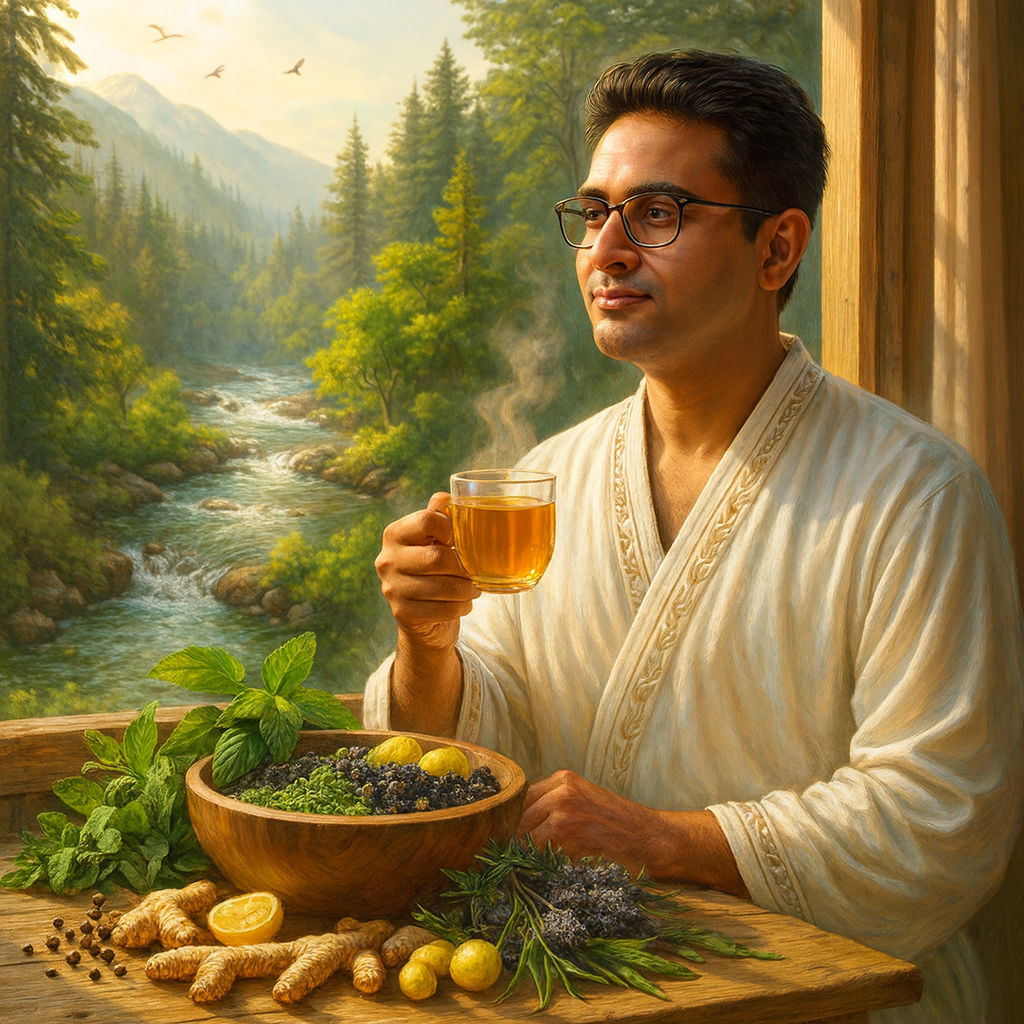
A Future Without Germ Fear
I often imagine what life would be like if children grew up learning the truth about microbes. If schools taught that soil, fermented foods, and friendly bacteria are allies. If people grew up respecting nature instead of fearing it. Such a future would build stronger, calmer, healthier generations.
The Microbiome as the New Science of Life
The Germ Theory was not entirely wrong, but it was incomplete. The microbiome offers a fuller understanding of health and disease. It shows us that we are ecosystems, coexisting with microbial life, thriving in diversity, and living in partnership with the smallest of organisms.
Conclusion: Gratitude for Our Invisible Friends
I feel grateful for the microbes that protect and guide me daily. The Germ Theory may have shaped modern medicine, but the microbiome gives us a deeper truth: that we are not at war with life, we are woven into it. To me, this realization is both scientific and spiritual, a lesson that health is not destruction but harmony.
